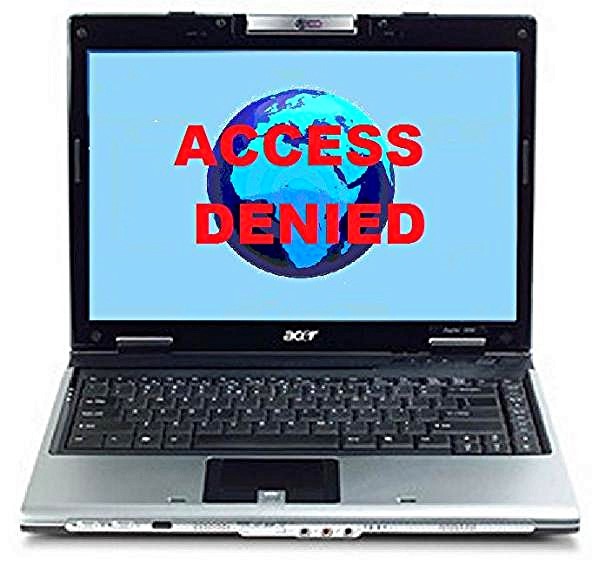I joined NCAC on the first day of the ninth Internet Governance Forum (IGF), which took place in Istanbul last week. Central to IGF – an event mired in controversy, given Turkey’s startlingly abusive Internet controls – was the topic of youth digital rights. Turkish academic Kursat Cagiltay commented that 42% of Turkish youth condoned government censorship of the Internet. He attributed this to how depressingly normal Internet censorship has become in Turkey, which has seen increased clampdowns on the Internet under Prime Minister Erdogan.
Throughout the world, concerns about offending the green sensibilities of youth have served as pithy justifications for restricting the information they’re allowed to access. Statistics like Cagiltay’s remind us that these attitudes are increasingly gaining traction among youth themselves.
The same censorship mechanisms we see in states exercising draconian control over youth access have been deployed to brutal effect within our own borders, especially in public schools. For instance, we received news earlier this year that Shawnee Mission School District in Kansas City has been using Blue Coat filtering software on its new learning tablets for students. Reporters Without Borders (RSF) recently named Blue Coat one of the corporate enemies of the Internet. From Burma to Saudi Arabia, many states have wielded Blue Coat to censor “objectionable” content. Facebook, Twitter, and WikiMedia Commons are among the sites targeted by Shawnee. In fact, Shawnee students can’t access these sites when they take their tablets home, giving the District the chilling power to control what students see in the confines of their own homes.
Similarly, a student in Connecticut’s Nonnewaug High School realized he couldn’t access the National Rifle Association’s website because the school’s filters had blocked it on the spurious grounds that the site constituted “hate speech”. Whatever one’s political inclinations may be, it’s a serious perversion of the concept of hate speech to argue that the NRA’s website is too incendiary for the eyes of intelligent, thoughtful students. Since the passage of 2000’s Children’s Internet Protection Act (CIPA), school districts have increasingly employed such technologies as Blue Coat, N2H2’s Bess, Trustwave’s M86, and SurfControl for filtering purposes. These filters are often algorithmically unsound, arbitrarily blocking access to harmless websites.
The Internet represents a boundless repository of information, making it a ripe target for censors. Restricting access, predicated on an invasive desire to morally police youth rather than educate and inform them, is fundamentally wrong. Placing top-down restrictions on content is an act of fear, skirting constructive educational opportunities for digital literacy that could equip youth with more confidence to navigate their digital landscapes.


